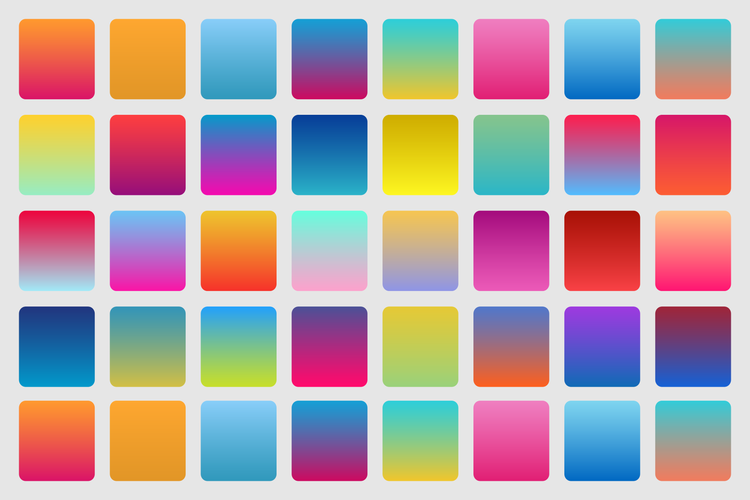Using texture in design
Everything you need to know about texture in graphic design with examples

When we say “texture” within the context of graphic design, what we’re really describing is the use of implied texture and the perception of how something feels, which can be used to either attract an audience — or repel.
The use of texture in graphic design can be great for creating a more immersive experience, adding realism to your design, drawing the eye to certain elements, or creating a 3D effect.
Types of texture in graphic design
There are two main types of texture that can be used within graphic design:
- Image texture: Image texture is generated from a combination of organic or geometric shapes that generally appear at random. Designed to create a particular look and feel, these can be environmental, biological, or man-made.
- Environmental: Wood, sand, water, clouds, etc.
- Biological: Skin, fur, feathers, etc.
- Man-made: Paintings, fabric, typography, etc.
- Pattern texture: Pattern texture is also made up of organic and geometric shapes but is generally more structured and manufactured with repeated elements of shape and color. Pattern texture is more likely to trigger the visual senses rather than image texture, which is more powerful at triggering emotional senses.
Additionally, a third type of texture is actual texture (also known as physical texture) which refers to the texture of the design once printed — such as the texture of a wedding invitation or business card by considering elements like embossed lettering or paper thickness.
Further reading: Demystifying graphic design with 10 tips for non-designers
Why use texture in graphic design
Add visual interest
Texture in graphic design is used to imply a sense of feel which can be very effective at capturing the attention of the viewer. While texture can be used in a variety of ways — such as to creating a 3D effect and adding depth to an image, making use of texture in design can help your imagery feel more engaging and awe-inspiring.
Evoke emotion
Textures, even in the physical sense, can easily evoke an emotional reaction, though dependent on the person and the texture at hand. As a result, when a texture is implied through graphic design, it too has the power to evoke an emotion in the audience viewing the graphic. While some textures might make the viewer feel uncomfortable, others might produce a more comforting or soothing reaction.
Strengthen your identity
Naturally, any texture used within your graphic designs should align with your identity as a brand. When done right, the use of texture in your designs should produce the desired reaction and emotions from your audience to be associated with your brand, allowing you to not only make a lasting impression but the right impression.
How to use texture in graphic design
Incorporate photography
Photography can be a great way to add texture to your design. Many brands choose to incorporate organic textures into their designs through photography by using imagery containing elements such as leaves, sand, or water to pair with their existing typography and design.
Add artificial textures
Thanks to modern technology, if you can dream it, you can design it. Artificial textures, such as surrealist patterns, crumbled paper, or still-wet paint, can be added to any design to create visual interest and the illusion of feel.
Add a textured background
Textures work great as backgrounds to add contrast to your existing design and help your message to stand out. You can experiment with the use of textured backgrounds by adding a photographic texture in black and white and layering text and other design elements in a bright and contrasting color, or by adding a textured background of your choice and layering a semi-transparent foreground with clean typography over the top.
Make it multi-dimensional
You can easily use texture to craft a design that has depth and life using overlapping elements. Experiment with textured elements that overlap with parts of your text or other elements of your design to create an immersive and three-dimensional feel.
Experiment with textured typography
Texture can be a great addition to your typography, allowing your key message to stand out against a clean background. Whether you want your text to emanate the texture of fur, velvet, or wood, anything is possible using Generate Text Effect in Adobe Express to AI-generate your desired textured typography.
Texture can be a wonderful way to add depth and visual interest to your existing designs, helping you to grab and maintain your audience’s attention, as well as elicit the intended emotional response. With our tips and features at hand, you’re set to begin experimenting with texture and bring a new layer of feeling to your designs.










